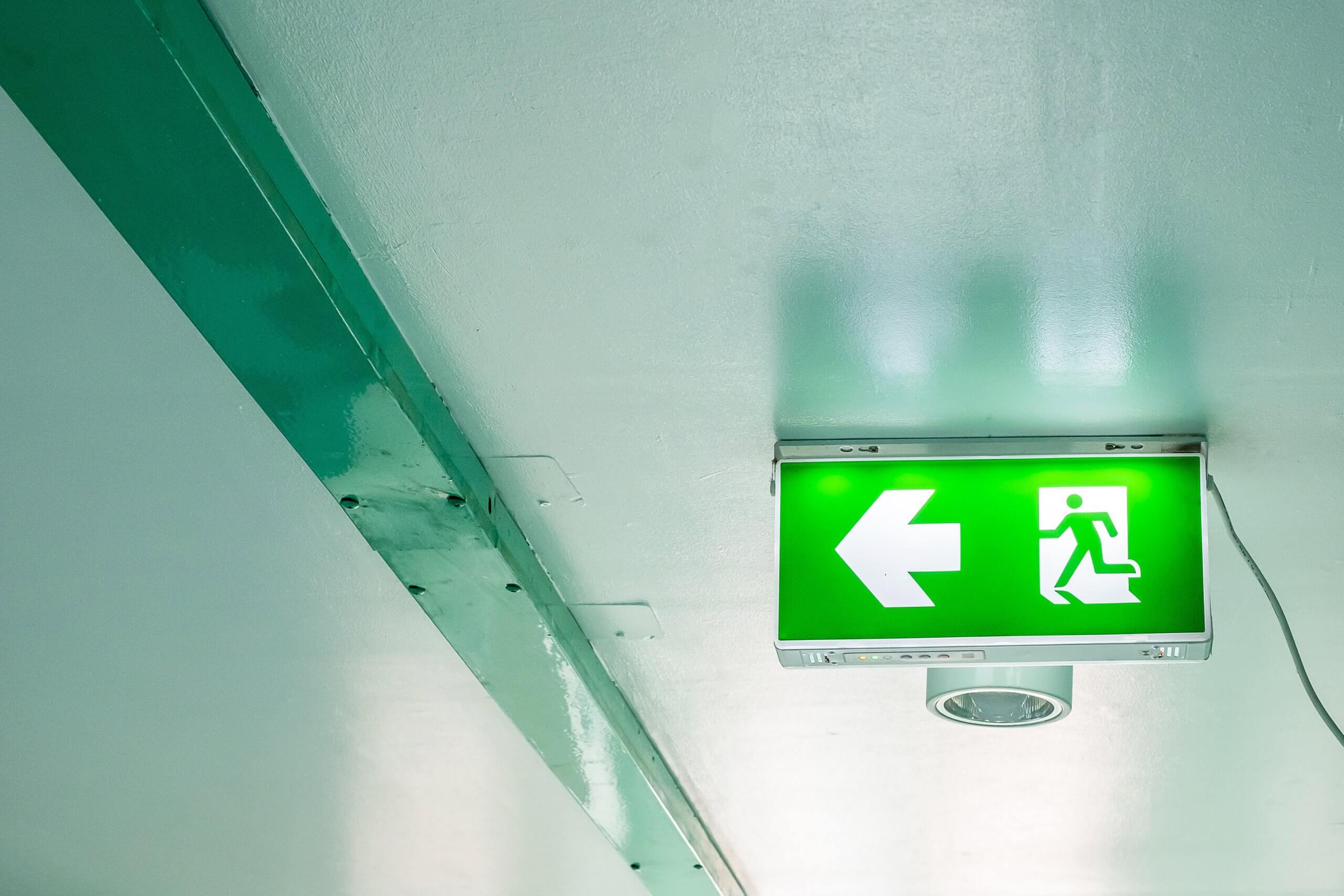Emergency lighting is a crucial element of fire safety in buildings.

Emergency lighting is a crucial element of fire safety in buildings.

Its uses included providing illumination in the event of a power failure, and ensuring that building occupants can safely evacuate the building in the event of a fire or other emergency. In this article, we highlight the importance of emergency lighting and its role in keeping building occupants safe.
The primary function of emergency lighting is to ensure safe evacuation in the event of an emergency. When a fire occurs, power outages are common, and without emergency lighting, occupants may become disoriented and unable to find their way out of the building. Emergency lighting provides a clear path of departure, allowing occupants to safely evacuate the building as quickly and efficiently as possible.
Emergency lighting is a legal requirement for all buildings in the UK, including homes, commercial buildings, and public buildings. The regulations are set by the British Standards Institute and are designed to ensure that emergency lighting systems meet minimum standards for performance and reliability.
Low-light conditions, such as in a smoke-filled room, require emergency safety measures, and emergency lighting can provide a level of visibility to keep people safe during the event of a fire. This increased visibility can make it easier for firefighters to locate and evacuate building occupants, and can also help occupants to see and avoid potential hazards.
Emergency lighting allows building occupants peace of mind, ensuring they feel confident that they will be able to evacuate safely in the event of an emergency. This peace of mind is especially important in public buildings, such as schools and hospitals, where a large number of people may be present at any given time – making situations of panic extra difficult.
There are two main types of emergency lighting: central battery systems and self-contained emergency lights.
Central battery systems provide emergency lighting for an entire building. In this system, a central battery supplies power to a network of emergency lights throughout the building. Central battery systems are often used in large commercial and public buildings and are typically more expensive to install and maintain than self-contained emergency lights.
Self-contained emergency lights are independent units that do not rely on a central battery system. They contain their battery and are designed to provide emergency lighting for a specific area of a building. Self-contained emergency lights are often used in smaller buildings and are typically less expensive to install and maintain than central battery systems.
To ensure that emergency lighting systems are functioning properly, it is essential to regularly maintain and test them. Regular testing and maintenance of emergency lighting systems can help to know they are ready to function in the event of an emergency.
Regular testing of emergency lighting systems is essential to ensure that they are working properly. Testing should be performed at least once a year, or more often if required by local regulations. During testing, the emergency lighting system should activate, and the illumination level should be checked to ensure that it meets the required minimum level.
Regular maintenance of emergency lighting systems is also important to ensure their reliability. This may include cleaning and checking batteries, replacing damaged or burned-out bulbs, and testing the system to ensure that it is working properly.
By understanding the importance of emergency lighting and regularly testing and maintaining emergency lighting systems, building owners and occupants can help to ensure their safety in the event of a fire. Get in touch with us today to learn more about how smoke and fire curtains can be the perfect addition to accompany emergency lighting systems.